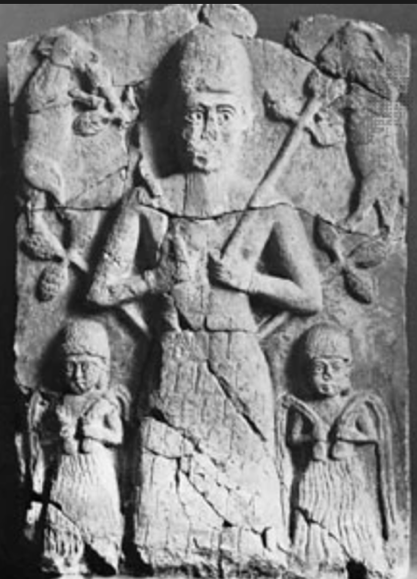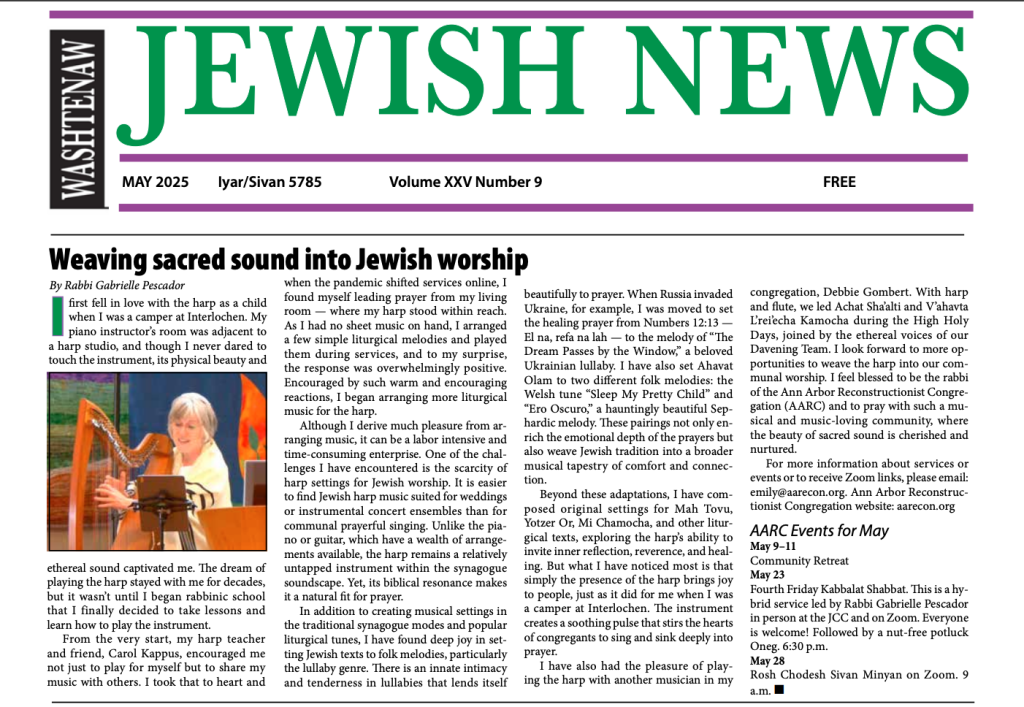by Rav Gavrielle
Dear Ones,
As the new year of 5786 begins, I want to pause with you and take a breath.
This past year has been a difficult one—for our world, for our country, for our community, and for many of us in our own lives. We’ve carried grief and uncertainty, anger and exhaustion. Many of us have struggled to find clarity, balance, and hope.
And yet—here we are. Gathered at the gates of a new year, hearts open to possibility.
The Jewish new year is not about forgetting what has been, but about remembering and transforming. We bring all that we’ve endured with us—our struggles, our mistakes, our resilience—and we offer all that to the Source of Life with the prayer that it may be turned into wisdom, compassion, and renewed strength.
This year, our community’s High Holy Day theme is power—but not the powers we don’t have, the ones that frustrate or elude us. Instead, we’ll be exploring the powers we do have:
- The power of teshuvah—to return to our best selves.
- The power of presence—to listen, to comfort, to notice.
- The power of imagination—to envision ourselves coming into our fullness as well as a world shaped by justice and love.
- The power of joy and song—to lift our hearts even in the hardest of times.
My wish for each of you this year:
- Health of body and spirit.
- Deep love and connection.
- The courage to begin again, even when the path feels uncertain.
- Moments of joy that surprise you and remind you of the beauty still present.
May 5786 be a year of healing and repair, courage, laughter, and sweetness. May we grow into ourselves and into each other with kindness.
Shanah Tovah u’Metukah—a good and sweet new year to you and yours.
With blessings and love,
Rav Gavrielle











